#RoadTest
Review: 2011 BMW X3
With the 2004 X3, BMW offered a compact SUV a half-decade ahead of other German car manufacturers. So not long after Audi and Mercedes have introduced their first such vehicle BMW has an all-new second-generation X3. The first-generation X3 had its strengths, but its weaknesses tended to outweigh them, especially in the U.S. market. The larger X5 has outsold it on this side of the Atlantic many times over despite a higher price. Has BMW learned enough in the past seven years to address these weaknesses and keep ahead of the new competition?
2011 Chevrolet Volt: Take Three
Truth seeking is difficult considering the controversy, misinformation and flat-out lies surrounding the Chevrolet Volt. But this is a product with set attributes, some are better or worse than our collective expectations. The performance reminds me of live music: everyone has an opinion as to how much it rocked. And the Chevrolet Volt is Jimi Hendrix on wheels: an American likely to influence popular culture for decades after leaving the limelight. But more importantly, like the influences of jazz and blues in Jimi’s work, the Volt combines Detroit’s future with memorable elements of the past. It’s true.
Pre-Production Review: Volkswagen Golf Blue-e-motion
As I noted in an earlier piece on the macro-level issues with EVs, it’s dangerously misleading to assume that electric cars can simply replace internal combustion-engine vehicles without a basic re-think of nearly every way in which we relate to our cars. That’s true in terms of consumer-end issues like refueling grid impacts and “range anxiety” but it’s also true in terms of manufacturer-end issues like development and differentiation. It’s even true for the auto media.
One of the giant re-thinks spawned by EV development is in how manufacturers make their vehicles reflect their brand values and stand out in the marketplace, as the electric motor in (say) a Ferrari EV wouldn’t be as fundamentally different as an electric motor in (say) a Kia. This, in turn, makes reviewing EVs extremely difficult, as they all display similar power attributes, weight challenges, single-speed transmissions and battery ranges. So when you are asked to drive a pre-production EV from a major manufacturer, the major question in the mind of the conscientious reporter is the same as the question that drove the vehicle’s development: how is this vehicle different than any other EV? In the case of the Golf blue-e-motion, the answer to that question reflects the challenges of developing a major-market electric vehicle.
Review: 2011 Mazda2 Take Two
Once issued a challenge to write a novel in just six words, Ernest Hemingway famously produced, “For sale: baby shoes, never used.” Well that’s a bit depressing. No wonder he shot himself. It’s rumoured that Hemingway considered this snippet his best work. Get ready to eat your heart out Papa Bear, ’cause I can sum up the Mazda2 in one syllable: “Wheeee!”
Eh? Hmm, seems that’s not good enough for our Editor. But wait, there’s more!
Review: 2011 Mercedes-Benz GLK350
To highlight the “BMW difference,” the marque traveled from dealer to dealer with not only the redesigned X3 but a few competing compact crossovers as well. Among the bunch, one stuck out as not like the others. But it was the Mercedes-Benz GLK350, not the BMW. Different in a good way? Well, that depends on what you’re looking for.
Pre-Production Review: Toyota Prius Plug-In Take Two
Every time I drive a hybrid – EVERY time – someone asks: “so where do you plug it in?” It’s as if more than 10 years of hybrid sales in the USA have gone by without the public knowing that a hybrid is not an electric car. Finally, however, Toyota has announced there will be a hybrid Prius on sale in the US where the answer isn’t “um, you don’t, the gas goes in over there.” Now the answer will be: “you plug it in up here and put gas in back there.” Yep, the 2012 Plug-In Prius is coming, so be prepared for blank stares as passers-by try to process the information. Toyota tossed us the keys for a week’s drive in a pre-production version so we could see what the hype is all about.
Review: 2011 Range Rover HSE and Supercharged
If you are on the market for a classically-styled English luxury vehicle with a compliant ride and a sticker under a quarter-million dollars, the Range Rover dealer might be your only destination. After all, Jaguar recently nixed the styling often referred to as “fussy” (but I preferred to think of as “dignified”) opting instead for jamming insane engines into sporty, avant-garde styled rides, Bentley has been churning out stiffly sprung modern sports cars lately leaving only the dueling RRs, Range Rover and Rolls Royce, to battle for our softly sprung anglophile hearts and minds. (Mind you, the baby Roller is considerably more expensive than anything coming out of Solihull.) With this kind of company, does a Rover have what it takes to be the ultimate in off-road luxury? Or will it at least make a more appropriate garage mate than a Jeep?
Review: 2012 Audi A7
Large four-door cars with the style of a coupe aren’t a recent innovation. But early attempts, like the 1995 Oldsmobile Aurora, failed to captivate car buyers. It fell to Mercedes to launch the “four-door coupe” segment with the 2006 CLS. Though sales have long since dwindled to exotic car levels, back when the CLS was new about 2,000 of them left dealer lots each month. This apparently provided sufficient motivation for other manufacturers to offer their own “four-door coupes.” Volkswagen didn’t stray far from the original with its CC. Audi, on the other hand, has taken a very different approach with the new 2012 A7.
Review: 2011 Jeep Compass Latitude
In something of an ironic twist for an off-road brand, Jeep has had trouble figuring out which path to take lately. Jeep was late to the soft-roader party last decade, and got off to an “interesting” start when a focus group (allegedly) indicated the need for a Patriot to appeal to men and a Compass for the ladies. Most companies would have simply picked one, but the temptation to attract female shoppers to an overtly masculine brand proved too strong and Jeep decided to make both. The result is a product line that offers two similarly-priced and similarly-capable vehicles. This might have been a passable set of circumstances, had the Compass not been saddled with both a cartoonish exterior and interior plastics that even Rubbermaid would have rejected. Instead, the Compass became a symbol of how lost the go-anywhere brand had become. But after a Fiat-led makeover, an updated 2011 Compass is making a bid to rescue Jeep’s small CUV reputation… is it up to the task?
Review: 2012 Toyota Prius V
Brand extensions aren’t common in the auto industry, perhaps because they rarely (if ever) succeed. Chrysler and Oldsmobile hyperextended the LeBaron and Cutlass brands, respectively, into oblivion. But Toyota has struggled as much as anyone to sell hybrids that aren’t named Prius, so it will now attempt to sell additional models under that highly successful nameplate. First up: the Prius v (with the lowercase v for “versatile”). How far and how effectively does a second model extend the reach of the brand?
Review: 2012 Acura TL
Here’s a mind game I sometimes like to play: imagine your car was destroyed by some horrible accident while you were away (e.g., Godzilla was in the neighborhood). To your good fortune, your insurance company gave you a sufficient settlement to buy a brand new version of whatever it was you were driving. Would you consequently buy that brand new car, or something else with the same money?
Review: 2011 Dodge Durango Citadel
The Chevrolet TrailBlazer and its many sibs are extinct. The Ford Explorer nameplate survives, but it’s now attached to a car-based crossover. Only one family of domestic midsize conventional SUVs remains—and, quite ironically, it’s based on a Mercedes platform. We’ve examined the five-seat Jeep Grand Cherokee before. For those more focused on people hauling than rock crawling Chrysler more recently introduced the seven-seat Dodge Durango. Is the all-new 2011 Durango only for people who need the dependable towing capacity of a conventional SUV? Or can it compete with the transverse-engined competition on their own terms?
Review: 2011 Infiniti G37 Convertible Limited Edition
I’m a horrible car guy; I dislike convertibles. It’s not really for the usual reason car buffs dislike going topless, it has nothing to do with the inevitable loss of stiffness or added weight and complexity and everything to do with the reduction in practicality. I realize that a practical convertible is something of an oxymoron, but some are worse than others. It’s no wonder the convertible landscape is littered with has-beens, convertible sales only account for 2% of passenger car sales in North America and premium ‘verts are an even smaller part of the pie. It is therefore no surprise that the G37 convertible is only the second ever Infiniti convertible.
Review: 2012 Mazda5
In the United States, unlike elsewhere in the world, there aren’t many choices for those who need seating for more than five people but who don’t want to give up the maneuverability of a compact car. Kia gave the segment a go, but withdrew the Rondo from the U.S. market a couple of years ago. Chevrolet has opted to not even test the waters with the Orlando. So Mazda currently has the segment to itself. But the Ford C-Max arrives in less than a year. Does the revised 2012 Mazda5 have what it takes to fend off the challenger?
Pre-Production Review: Toyota Prius V
Once upon a time Japanese cars came to our shores promising high fuel economy and despite feeling small and cheap, buyers flocked to the dealers. Over time however, the Japanese auto industry grew up. “Small and flimsy” are qualities that modern Japanese imports do not possess but as is the way with the world, better quality came with a price: lower fuel economy. The first generation Prius proved that good fuel economy did not mean jamming yourself into a two-seater light-weight vehicle full of compromises a family of four just couldn’t make. Still, it was far from perfect; it was dreadfully boring, felt small and cheap and was not large enough for many families.
In an era when ginormous SUVs were all the rage, the Prius’ mileage was nothing short of show-stopping and they sold like hotcakes once the Hollywood set made them the latest fashion accessory. When the third generation Prius saw the light of the automotive press, it was obvious that the upstart had grown up. Unlike the other Toyota family members however, the Prius becomes more efficient and larger with every revision. One complaint however has stuck: the Prius is just too small for some.





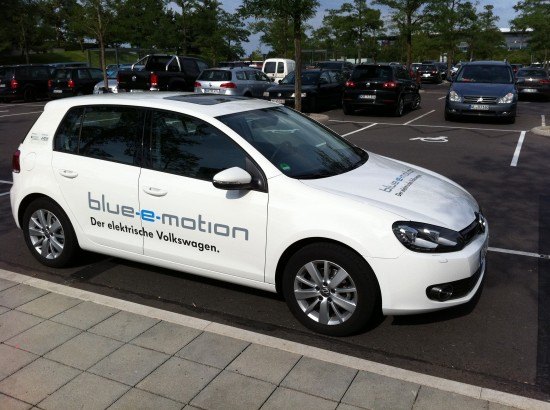

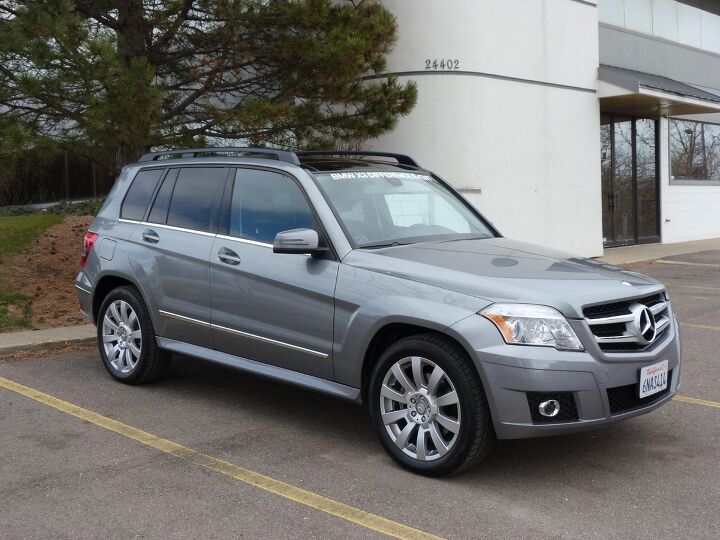




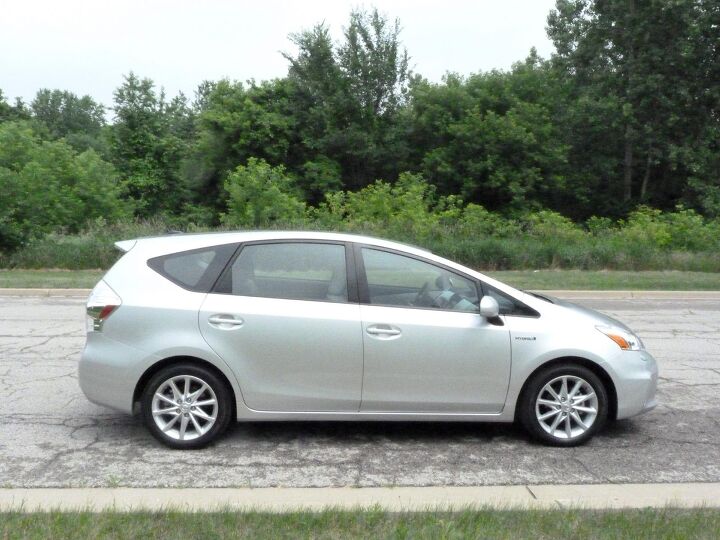


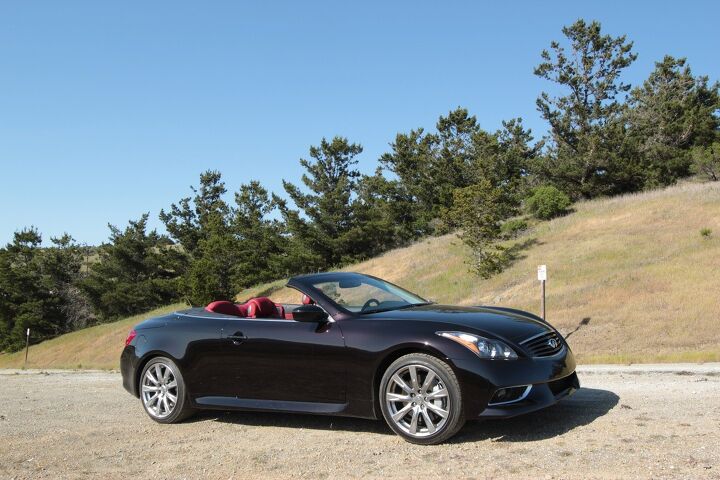

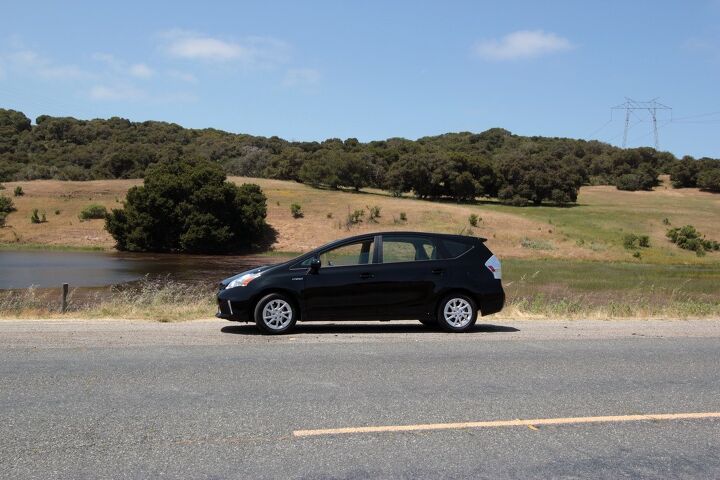












Recent Comments